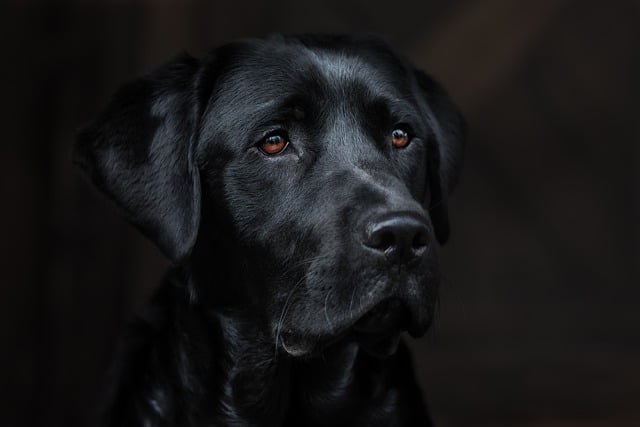
Do pitbulls need jackets in the winter?
In the cold winter, pet owners always worry about whether their pets can survive the cold weather. As a dog breed that has received much attention,
When you lean over to kiss your dog's furry cheek, if you are "repelled" by a pungent smell, this may be a reminder that it is urgent to clean your dog's teeth. As pet owners, we always hope to give our furry children the most comprehensive care, and oral health is a key link in their quality of life and life span. When exploring the "most effective way to clean dog teeth", we are not only looking for scientific solutions, but also fulfilling our commitment to this precious companionship.
The oral environment of a dog is like a micro-ecosystem. Food residues, bacteria and saliva interact with each other to form dental plaque in just a few hours. If these bacterial films attached to the surface of the teeth are not cleaned in time, they will begin to mineralize after 24 hours and gradually evolve into hard dental calculus. Dental calculus not only causes bad breath, but also irritates the gums, causing diseases such as gingivitis and periodontitis. In severe cases, it can even affect the health of important organs such as the heart, liver and kidneys. Seeing that the originally lively dog has a loss of appetite and a lack of spirit due to toothache, the owner's heartache is self-evident.
Among many methods of cleaning teeth, brushing teeth is undoubtedly the most direct and effective way. Just like humans need to brush their teeth every day to keep their mouths clean, dogs also need to brush their teeth to remove dental plaque. It is crucial to choose toothbrushes and toothpaste designed specifically for dogs. Dog toothbrushes usually come in two types: finger-tip type and regular toothbrushes. Finger-tip toothbrushes are soft and fit, suitable for dogs who are new to brushing their teeth, allowing owners to gently put their fingers close to the dog's teeth to give comfort; regular toothbrushes can more comprehensively clean the surface and gaps of teeth. Dog toothpaste has a variety of flavors, such as chicken flavor and beef flavor, which can not only attract dogs to actively cooperate, but also add special ingredients to help decompose dental plaque.
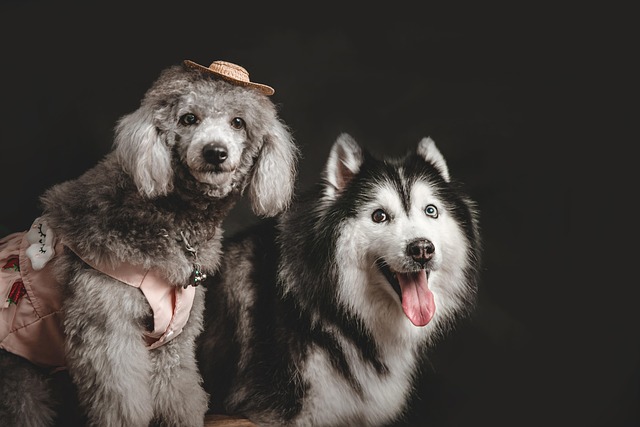
But brushing a dog's teeth is not easy. Many owners have experienced the process of "fighting wits and courage" with their dogs: dogs dodge, resist, and even regard toothbrushes as "enemies." This requires the owner to guide with patience and love. You can start by letting the dog get familiar with the taste of toothbrushes and toothpaste, apply a small amount of toothpaste on your fingers, let the dog lick it, and build a good impression of toothpaste. Then, slowly put your finger into the dog's mouth and gently rub the teeth to let it adapt to the touch in the mouth. Gradually, when the dog no longer resists, use the toothbrush again, starting from the molars, and clean the outer side, inner side and occlusal surface of each tooth in a gentle circular motion. Each brushing time does not need to be too long, 3-5 minutes is enough, but persistence is the key, and it is best to do it every day.
In addition to brushing teeth, oral care products are also a good helper for cleaning dog teeth. Chew toys and tooth-cleaning snacks are popular choices. High-quality rubber or nylon chew toys can effectively remove some dental plaque and food residues on the surface of teeth through mechanical friction when the dog bites. Toys of different shapes and hardness can also satisfy the dog's nature of grinding teeth and release energy. Tooth-cleaning snacks cleverly combine cleaning and deliciousness. The special shape design allows it to go deep into the teeth and scrape off tartar during the dog's chewing process. However, it should be noted that tooth-cleaning snacks cannot replace brushing teeth, and the feeding amount should be controlled to prevent the dog from getting fat due to excessive calorie intake.
For dogs who are extremely resistant to brushing their teeth or have developed severe dental calculus, professional veterinary care is essential. The veterinarian will use ultrasonic teeth cleaning to thoroughly remove dental calculus and plaque under anesthesia, while checking the health of the gums and teeth, promptly identifying potential problems and providing treatment. Although the teeth cleaning process requires professional operation, it is worth taking them for regular oral examinations and necessary teeth cleaning care for the health of dogs. This is just like our regular visits to the dentist, which is an investment in health.
The "most effective way" to clean a dog's teeth is not a single method, but an organic combination of multiple methods. Daily brushing is the basis, oral care products are auxiliary, and professional veterinary care is the guarantee. Every patient interaction when brushing the dog's teeth, every carefully selected tooth cleaning snack, and every worry and expectation when taking it to the veterinarian, all condense the owner's deep love for the dog.
When you see the dog chewing food freely after cleaning its teeth, happily showing its white teeth, and welcoming our hug with fresh breath, all the efforts become extremely worthwhile. Because in their short lives, we are not only their masters, but also their guardians, and teeth cleaning is a warm and important stop in our journey to protect their health.

In the cold winter, pet owners always worry about whether their pets can survive the cold weather. As a dog breed that has received much attention,
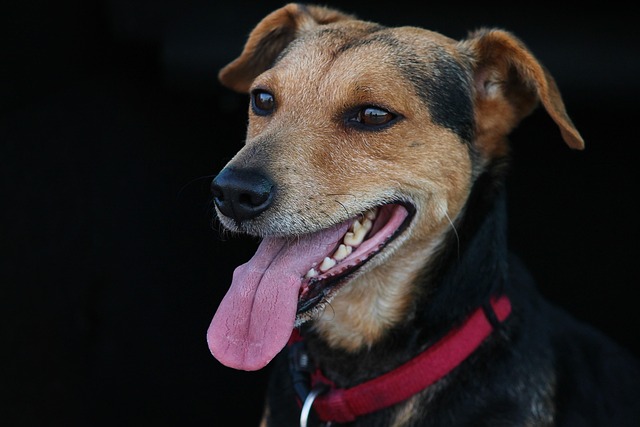
As we walk our dogs at sunset, watching them wag their tails joyfully and savoring the warmth of companionship, i
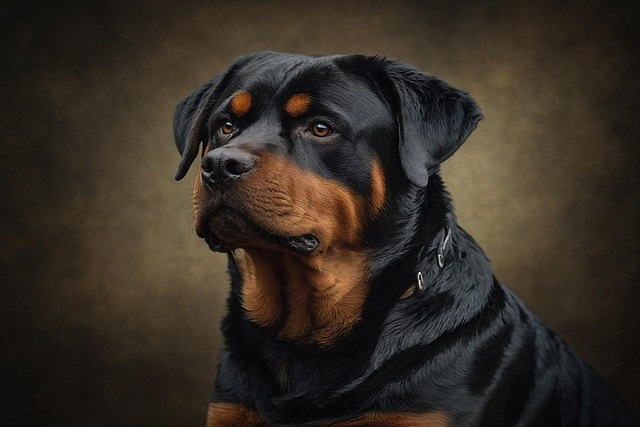
When we watch dogs frolic and jump with unrestrained joy, their vibrant figures are the warmest source of healing in life.
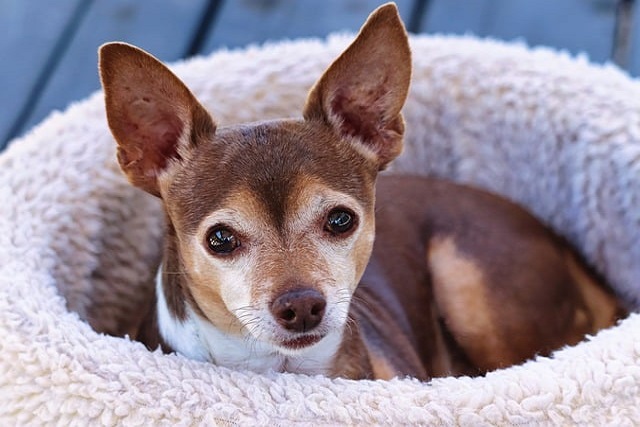
When we reach out to pet our normally lively and adorable dog, we are met with it constantly scratching and biting its skin,
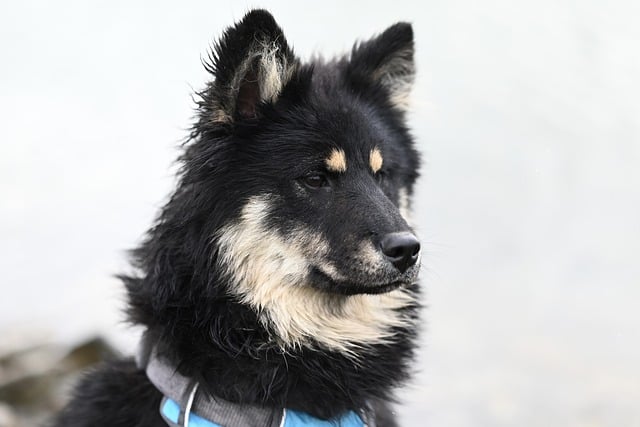
When a furry paw pats your palm and a wet nose rubs your cheek, the warmth and healing are enough to melt all the fatigue. However, for people with dog allergies, this close contact may bring endless troubles.
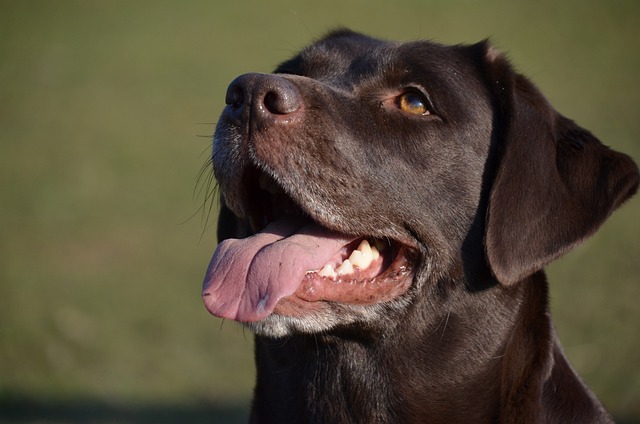
As owners, we always want to give our dogs meticulous care, and oral cleaning is an indispensable but often neglected part of this care.